NEW PUBLICATION: Forest Service Releases Report on Wildlife Crossing Structures
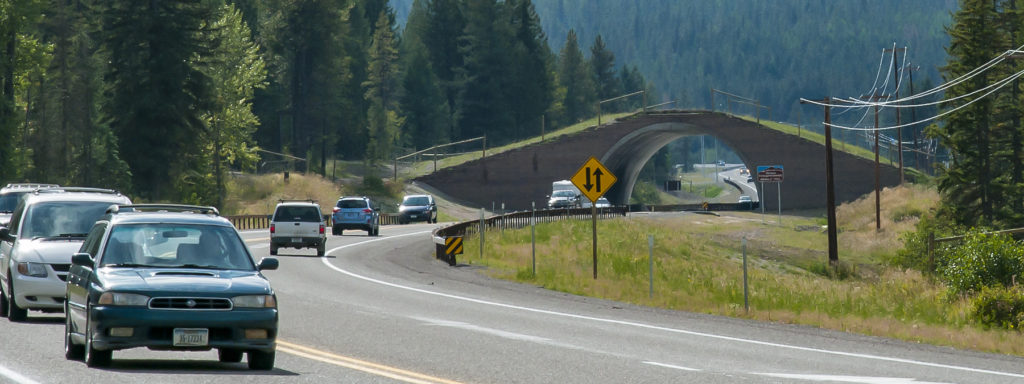
The United States Forest Service (USFS) has published Highway Crossing Structures for Wildlife: Opportunities for Improving Driver and Animal Safety. The report is the result of a seven-year collaboration by USFS, WTI, ARC Solutions and additional federal, state, and private agencies, combining the work of a team of engineers, ecologists, biologists, landscape architects, and policy […]
IN THE NEWS: Embracing Biodegradable Erosion Control
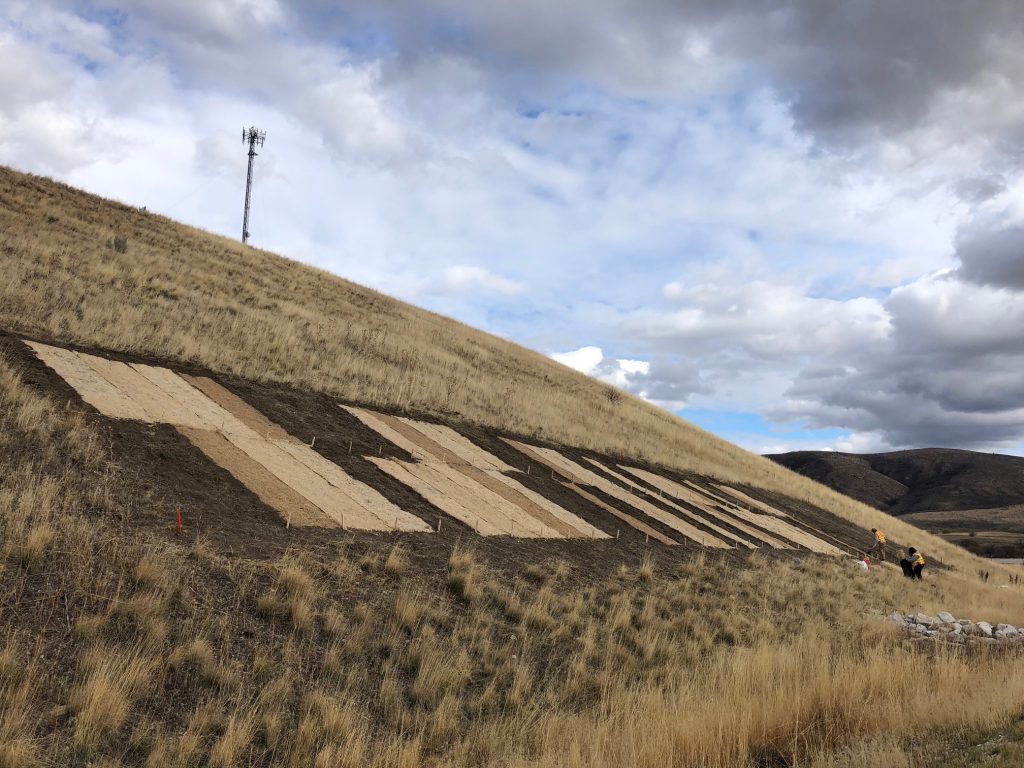
Stormwater Magazine recently interviewed WTI Road Ecologist Rob Ament on advancements in the use of environmentally friendly products for erosion control. “Saving Mowers and Wildlife” highlights state departments of transportation that are working to replace plastic netting used on roadsides with flexible, biodegradable options. In the article, state DOTs report benefits such as reduced need […]
PROJECT NEWS: A Smart Transit Hub Feasibility Study for Fort Smith, Arkansas
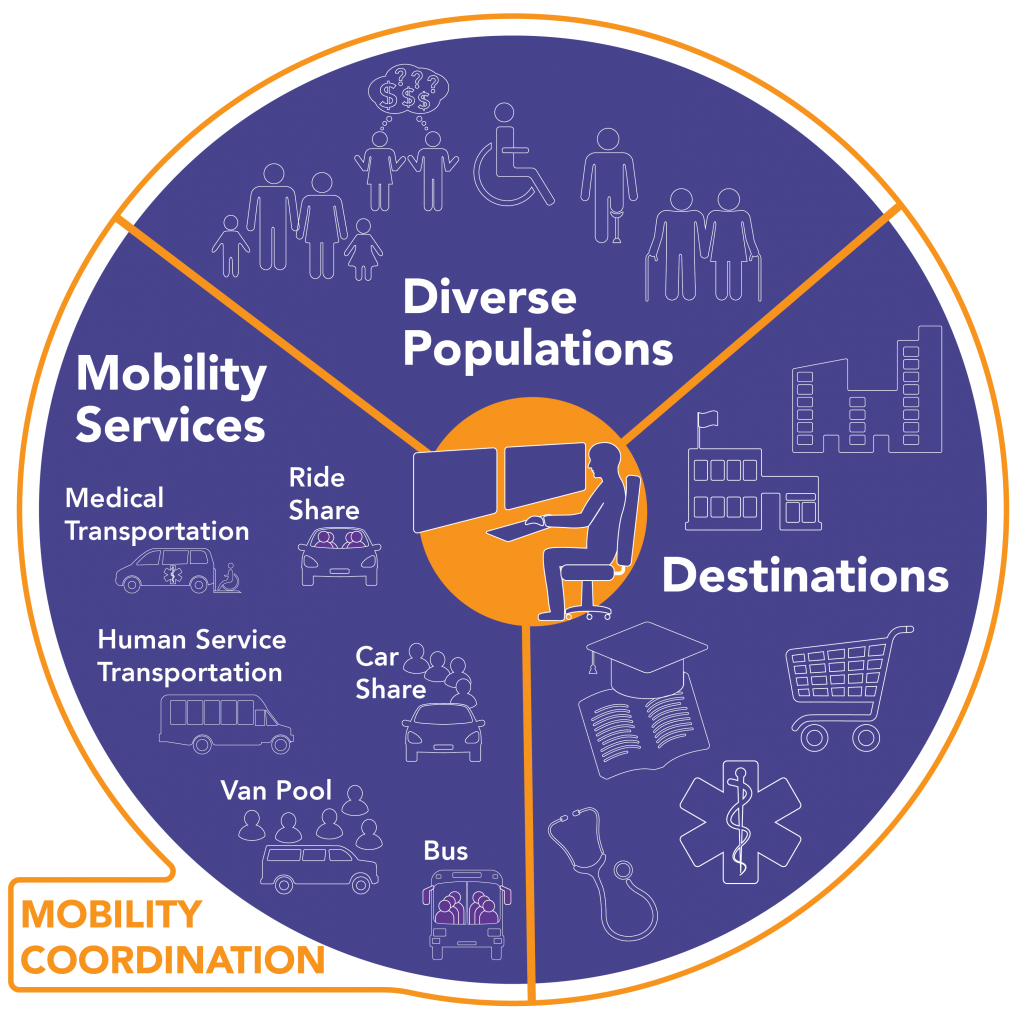
WTI recently completed a feasibility study for a “Smart” transit hub to serve an eight-county rural region in western Arkansas and eastern Oklahoma. The study presents a menu of technologies and programs that help connect people experiencing transportation barriers in rural communities to healthcare, employment, and higher education opportunities. WTI’s Small Urban, Rural and Tribal […]
Animal Crossing: New Research Guides Efforts to Protect California’s Amphibians and Reptiles from Road Danger
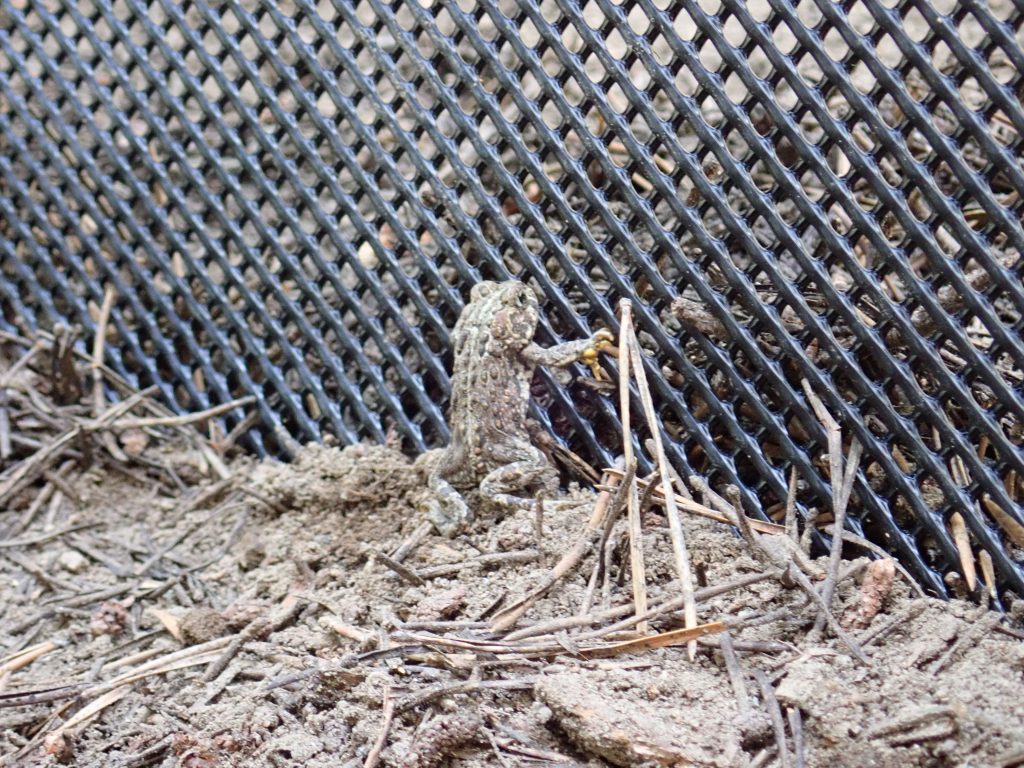
Companion video shows underground crossing structures in action Roads can be dangerous for California’s reptiles and amphibians, but a five-year study and new video show that there are effective strategies to help these animals cross roads safely. The California Department of Transportation (Caltrans) released the results of the study this week in a comprehensive, […]
NEW PUBLICATION: Cycling for Sustainable Cities
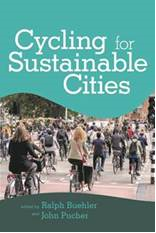
MIT Press has released Cycling for Sustainable Cities, a new book focused on how to implement infrastructure, programs, and policies to make cycling safer, more practical, and convenient for urban residents. Of note, the chapter on “Social Justice and Cycling” was co-authored by WTI Research Associate Andrea Hamre, in collaboration with transport justice and equity […]
In the News: Traffic and Transit Magazine Showcases Rural Research Roadmap Project
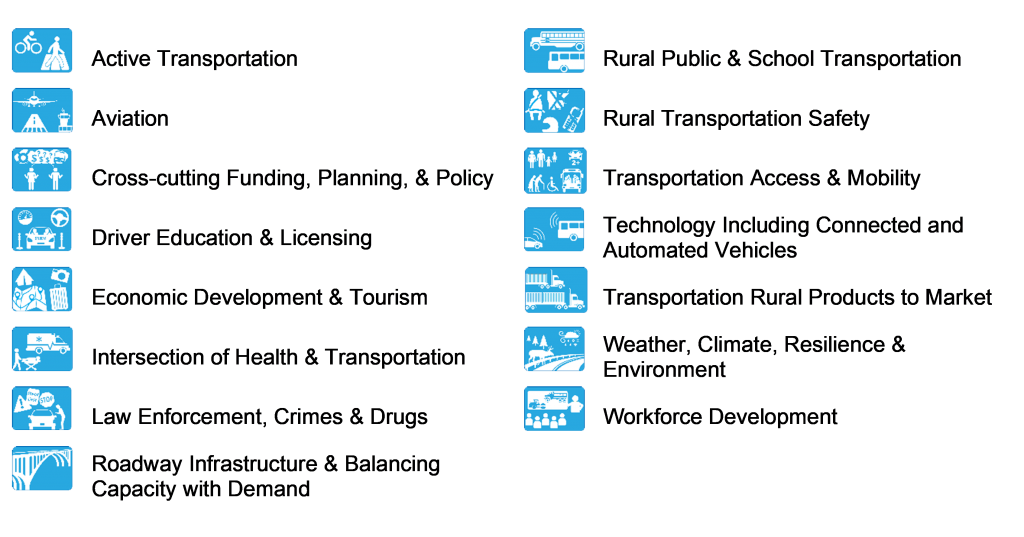
An NCHRP project led by WTI is the focus of a current feature article in Traffic and Transit, a national transportation publication. “Mapping the Future of Rural Transportation Research” highlights the development of the Research Roadmap for Rural Transportation Issues (NCHRP 20-122), which will provide a detailed, long-term agenda for research aimed at improving rural […]
NEW REPORT: Innovative Strategies to Reduce the Costs of Effective Wildlife Overpasses
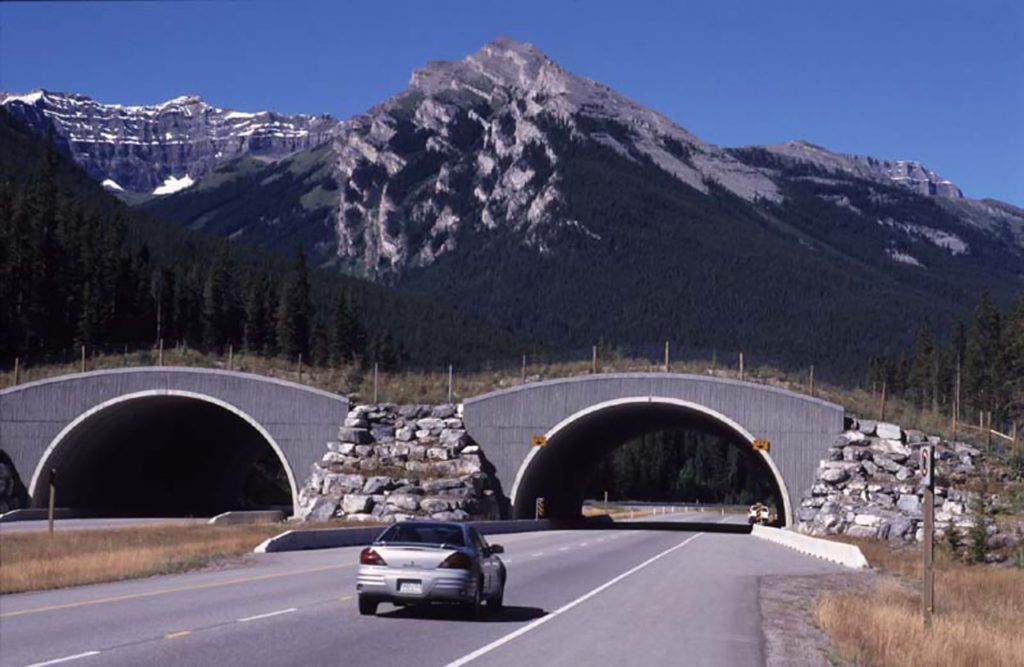
The U.S. Forest Service has released a new report authored by wildlife crossing experts from WTI, ARC Solutions, and other partner research organizations, which compiles key guidance information that may lead to the installation of more wildlife crossing structures. Wildlife crossing structures are one of the most effective means of reducing animal-vehicle collisions on highways, […]
Vermont Travel Study Featured in TRB Newsletter
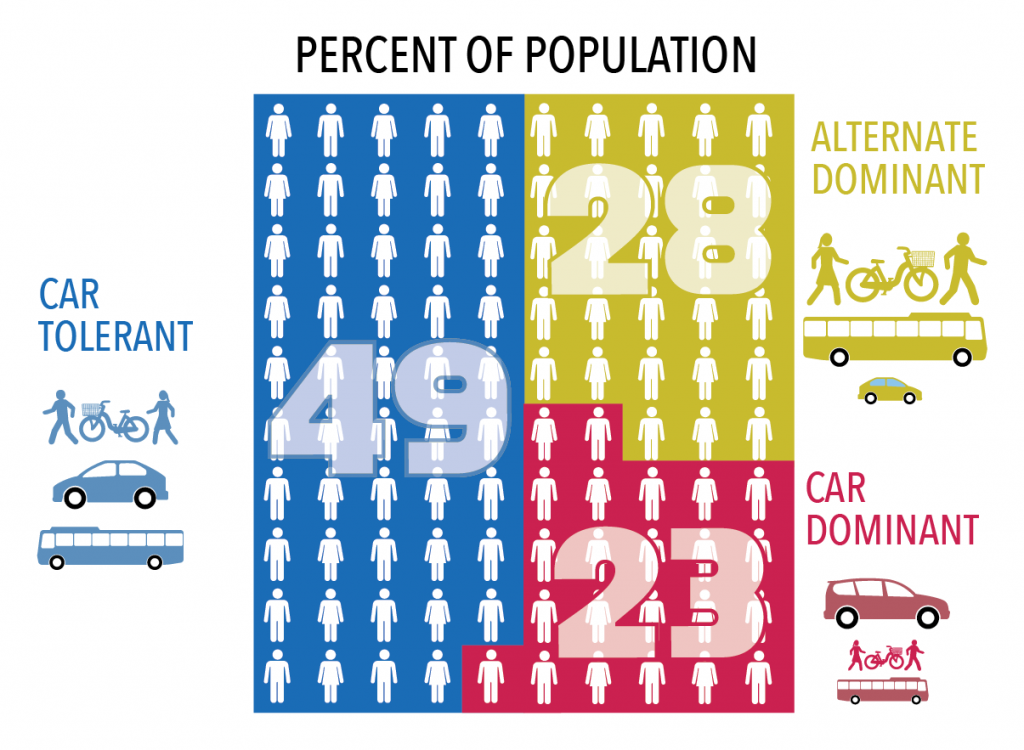
The National Academy of Sciences Transportation Research Board (TRB) is raising awareness of a new WTI study on travel behavior, by highlighting it in its weekly newsletter. Researchers Andrea Hamre and Jonathan Fisher recently completed “Travel Behavior and Transportation Planning Insights from the Small Urban Area of Chittenden County, Vermont: An Application of Traveler Segmentation,” […]
Transportation Research Board Highlights WTI’s Severe Weather Index Project
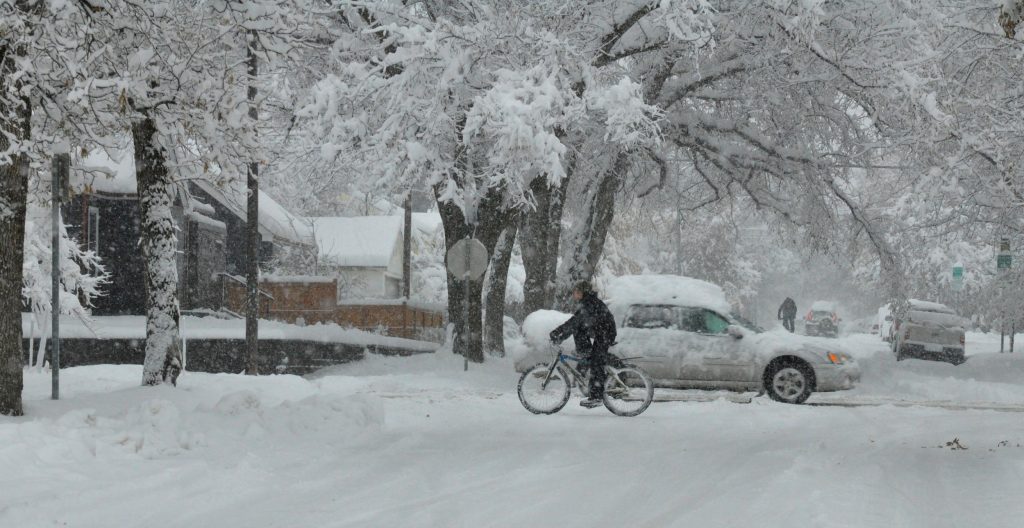
WTI has completed a project to create a severe weather index for the Maryland Department of Transportation, and the final report was featured in a recent issue of the National Academy of Sciences Transportation Research Board’s newsletter. A severe weather index (SWI) is a management tool that can be used to assess the performance and […]
New Publication: Safe Interactions Between Vehicles and Bicyclists
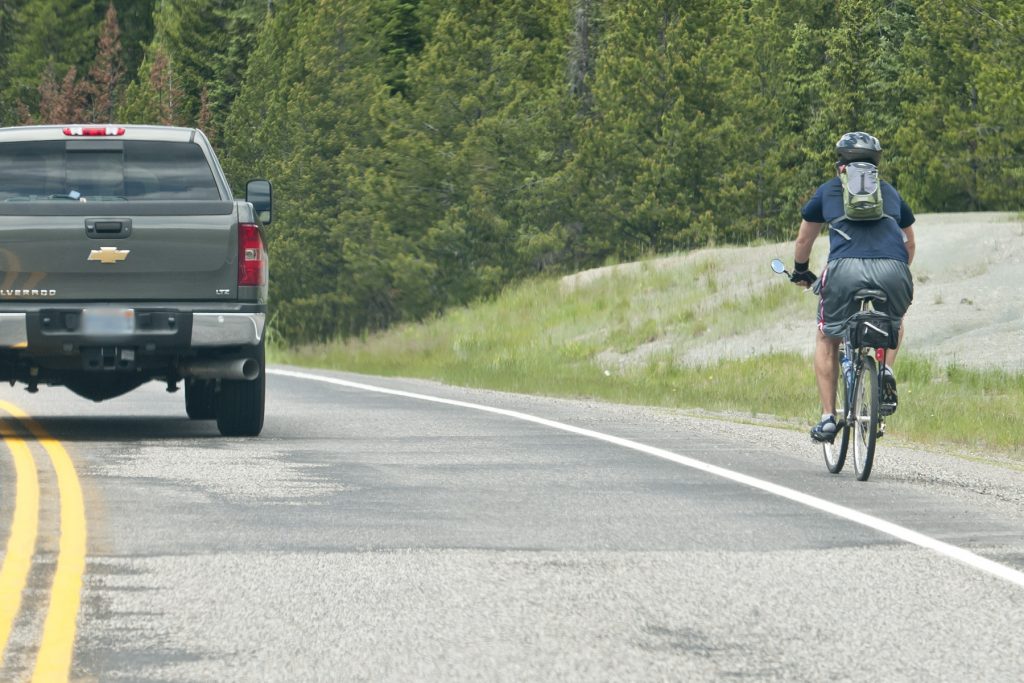
The Journal of Safety Research has published an article that examines the influence of traffic safety culture on a driver’s behavior when interacting with bicyclists on the roadway. “Traffic safety culture and prosocial driver behavior for safer vehicle-bicyclist interactions” is based on a research collaboration between the Center for Health and Safety Culture (CHSC) and […]
